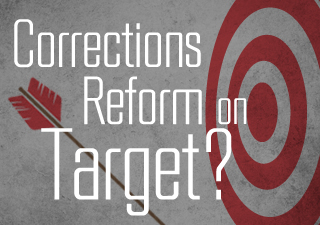Media

Why Pa.’s Department of Corrections is a Model to Follow
The Pennsylvania Department of Corrections (DOC) recently released the results of SIP-HOPE—a promising new pilot program aimed at reducing recidivism.
According to DOC, the program led to a 13 percent decline in rearrests. The program also reduced the number of days participants spent in jail, helping to control costs for taxpayers.
SIP-HOPE utilizes the swift, certain, and fair (SCF) sanctions supervision approach to deter participants from reverting back to criminal behavior. SCF ensures offenders will be sanctioned immediately, which provides a disincentive to violate the program’s protocol.
For example, if an individual in the program was found in violation of protocol, the department would penalize that person with a day in prison. If violations continued, the punishments become more severe. However, once the individual’s punishment ended, he would be free to resume all programming available to him.
SIP-HOPE was implemented at two community corrections facilities in Lackawanna and Allegheny counties between September 2015 and 2016. Given the initial success of the program, DOC officials announced their intention to expand SIP-HOPE to more community corrections facilities.
The DOC should serve as a model for other state agencies. They have actively sought ways to reduce costs and improve the lives of people who’ve broken the law. Such efforts have included support for the first round of Justice Reinvestment Initiative (JRI) reforms back in 2012, prison closures, and opposition to the reinstitution of mandatory minimums.
The department is also leading the charge to adopt another package of Justice Reinvestment Initiative recommendations to build on the success of the reforms implemented in 2012. The latest JRI proposal could save $108 million over five years, which would drive down the costs of state government and free up resources to help people break free from the cycle of recidivism.